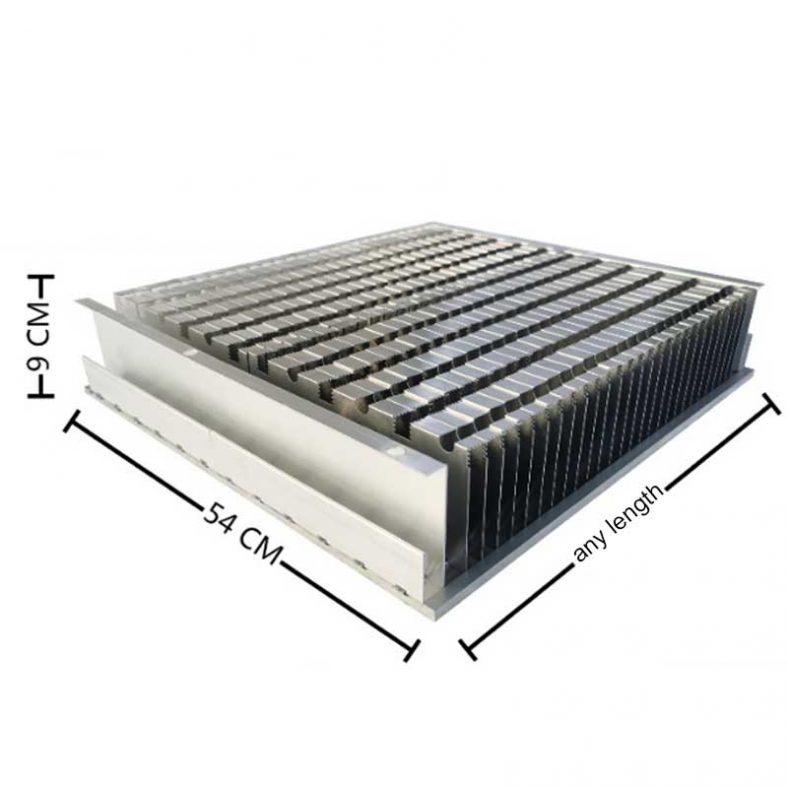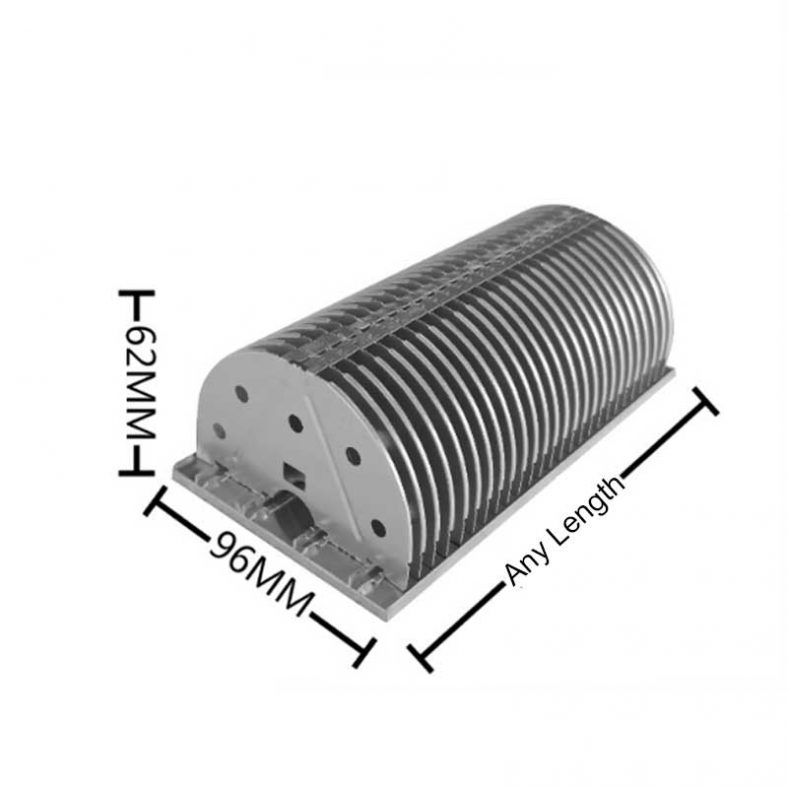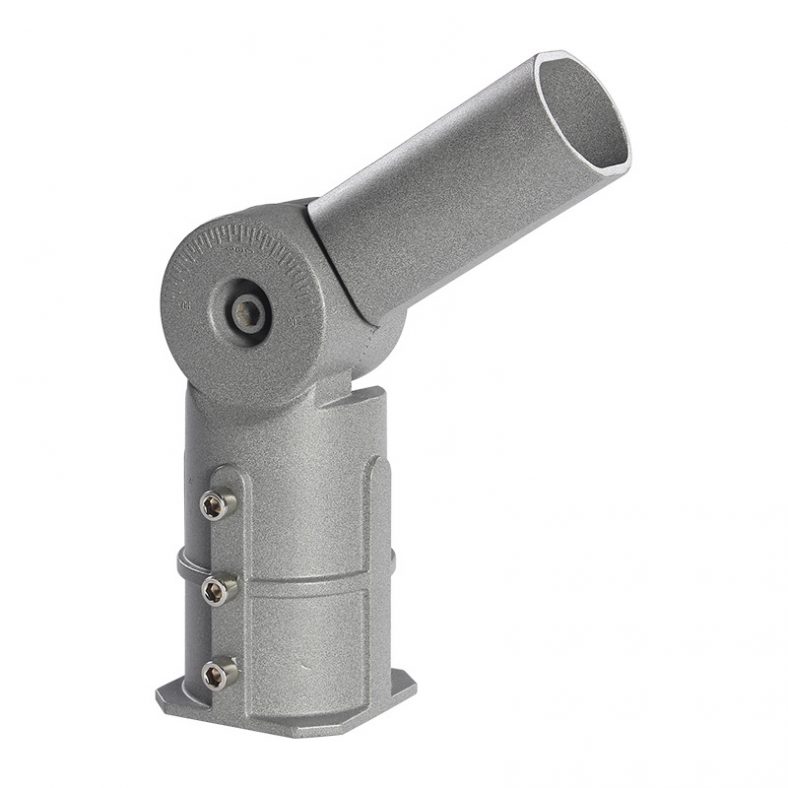
Special Lighting Manufacturer
Special Lighting to meet your every need.
Wandan Lighting is a leading manufacturer and supplier of high-grade Special lighting in China. Our lighting solutions come in different designs that are perfect for different applications. All of our lights are provided with a 5-year warranty.As the most complete lighting manufacturer, we provide the best quality products at a very low cost, which enables us to work with you to ensure that we can provide you with preferential prices and make your business more profitable.The powerful lights coming from the LED technology can come in a small frame and still be perfect for illuminating huge areas.If you have unique lighting needs, we also accept custom-made lights. Let us know what you need, and we’ll work on it.
Special Lighting
Wandan Lighting specialist offers a wide variety of Special Lighting to meet your every need.
Special lighting refers to lighting techniques or equipment that are used for a specific purpose or effect. It is often used in professional settings such as theatre, film, photography, and events to create specific atmospheres, highlight particular objects or people, and enhance visual impact. Special lighting can also be used in residential and commercial settings to create mood, improve functionality or safety, and enhance architectural design. Examples of special lighting include stage lighting, studio lighting, effect lighting, mood lighting, medical lighting, automotive lighting, and architectural lighting. Overall, special lighting is a powerful tool that can be used to create stunning visual effects and enhance the overall experience of any setting or event. Some examples of special lighting include:
- Stage lighting: This is lighting used in theatrical productions, concerts, and other stage performances to enhance the mood, atmosphere, and visibility on stage.
- Studio lighting: This is lighting used in photography and videography studios to achieve the desired lighting effect for the subject being photographed or filmed.
- Mood lighting: This is lighting used in residential or commercial settings to create a particular mood or ambiance. For example, dimmer lights in a restaurant can create a romantic atmosphere.
- Effect lighting: This is lighting used to create special effects, such as strobe lights, black lights, or laser lights.
- Medical lighting: This is lighting used in hospitals and other medical settings to provide illumination for surgical procedures or examinations.
- Automotive lighting: This is lighting used in vehicles to improve visibility and safety, such as headlights, taillights, and interior lighting.
- Architectural lighting: This is lighting used in buildings and other structures to enhance their aesthetic appeal or to provide functional illumination.
- Explosion-proof, anti-static and other environments, and these special environments have corresponding technical requirements.
Overall, special lighting can be used to create a wide range of effects and serve many different purposes in various settings.
Relate Special Lighting
Wandan Lighting specialist offers a wide variety of Special Lighting to meet your every need.
-
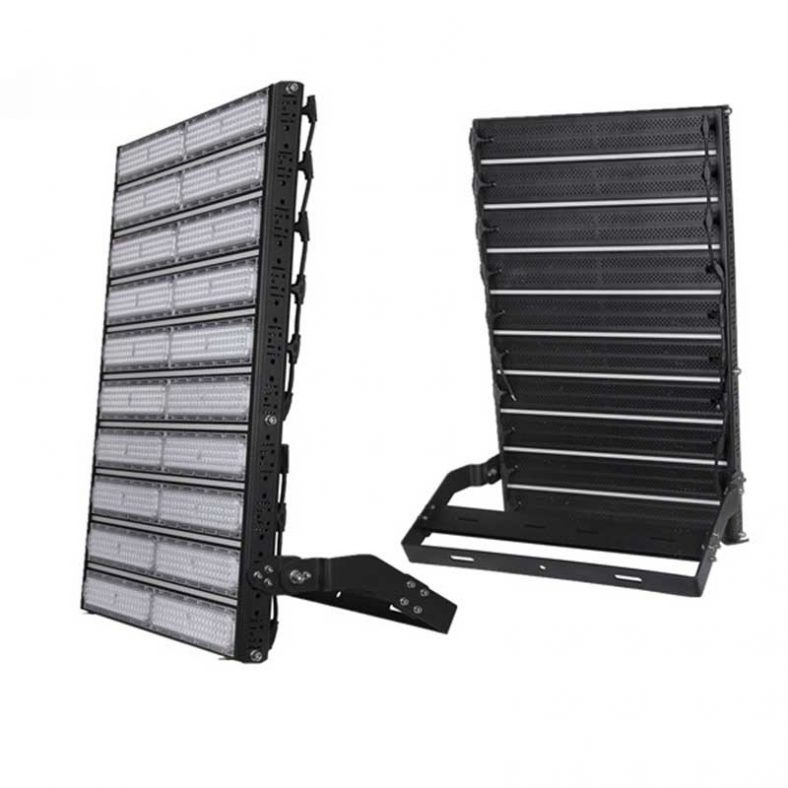
300W To 1000W 140lm~150/w LED Stadium Floodlight
-

150lm/w to 180lm/w LED Stadium Light With Optical Grade PMMA Lens
-
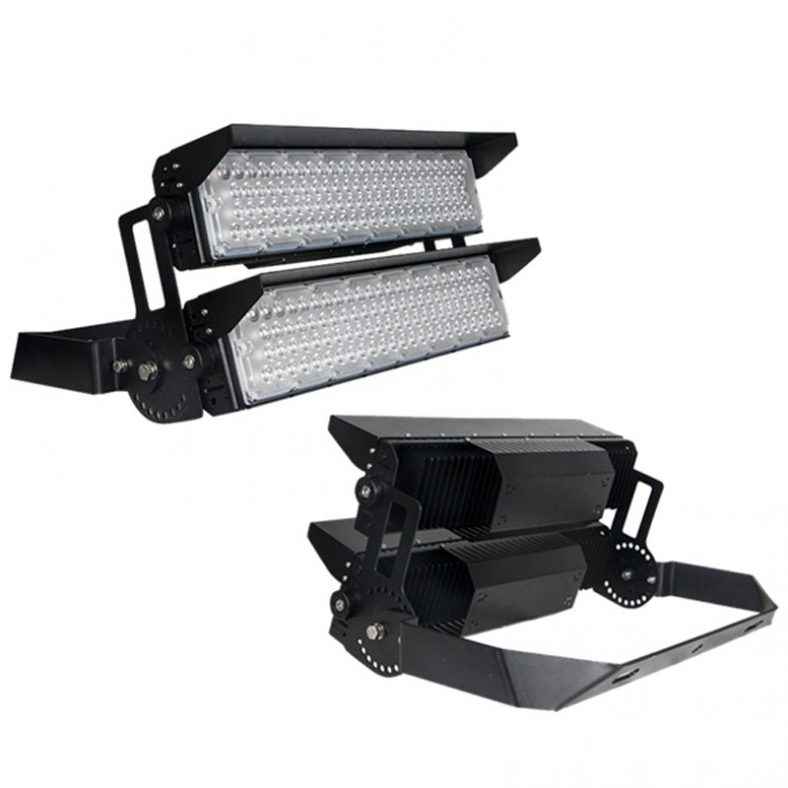
250W Per Modular High Power LED Floodlights For Football Field
-
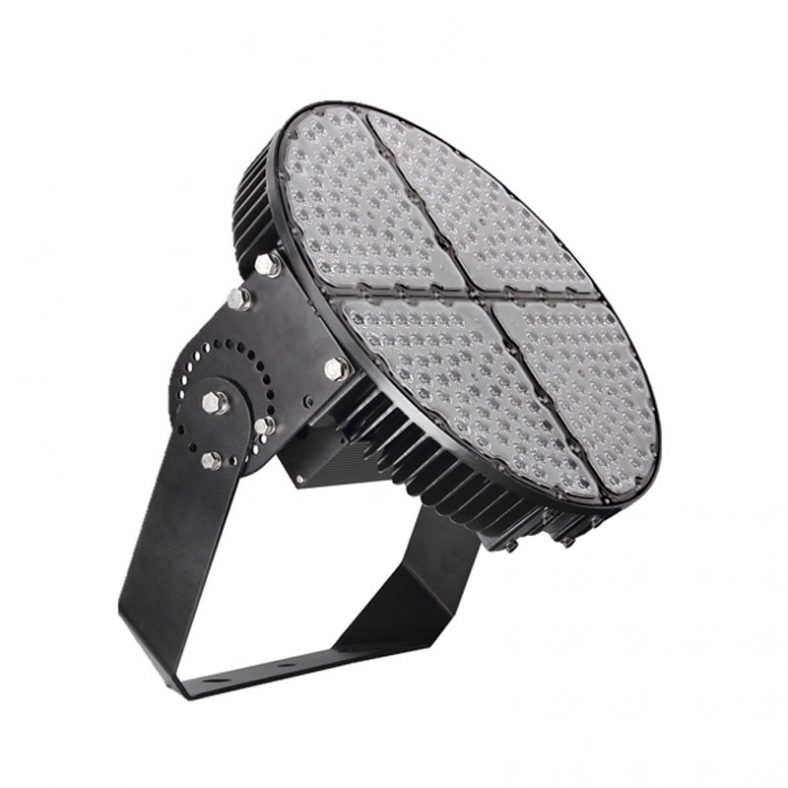
Angle Adjustable 150lm/w To 170lm/w LED Stadium Light
-

150lm/w to 160lm/w 1500W-2000W Modular Stadium Light
-

Wholesale LED Tower Chandelier With Mingwei Power Supply
-

Super Bright Tower Hanging Stadium Lights
-
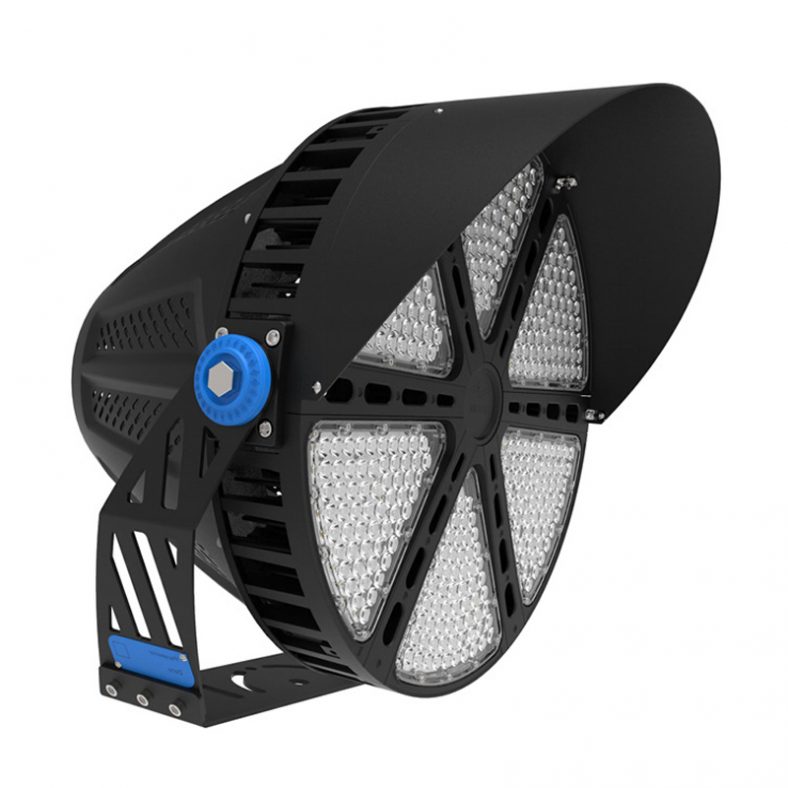
High brightness 750W 1200W LED spot light
-
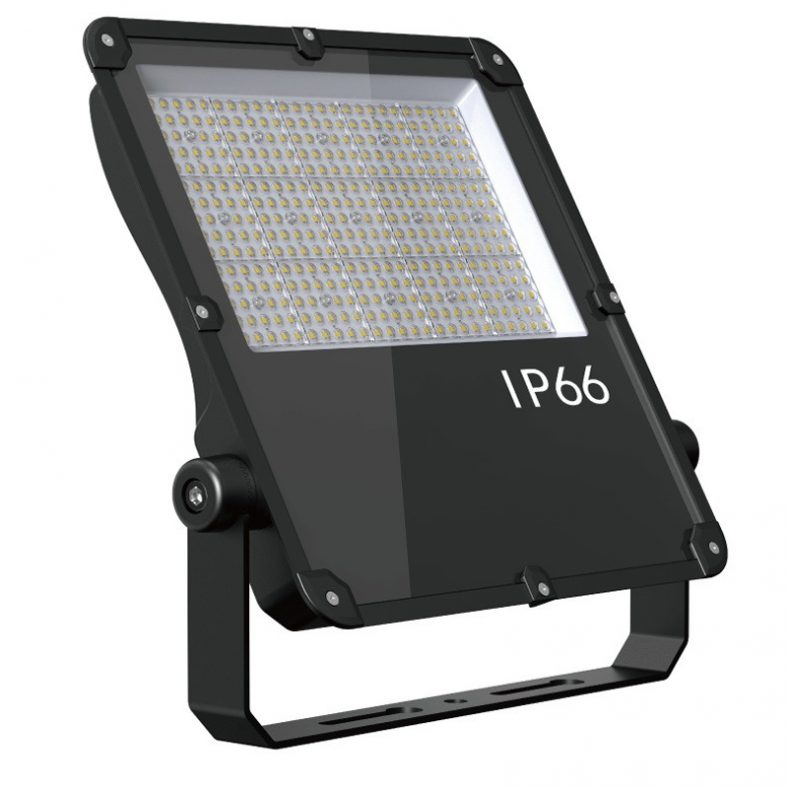
SMD 2835 High Lumen Led Flood light 300W
-
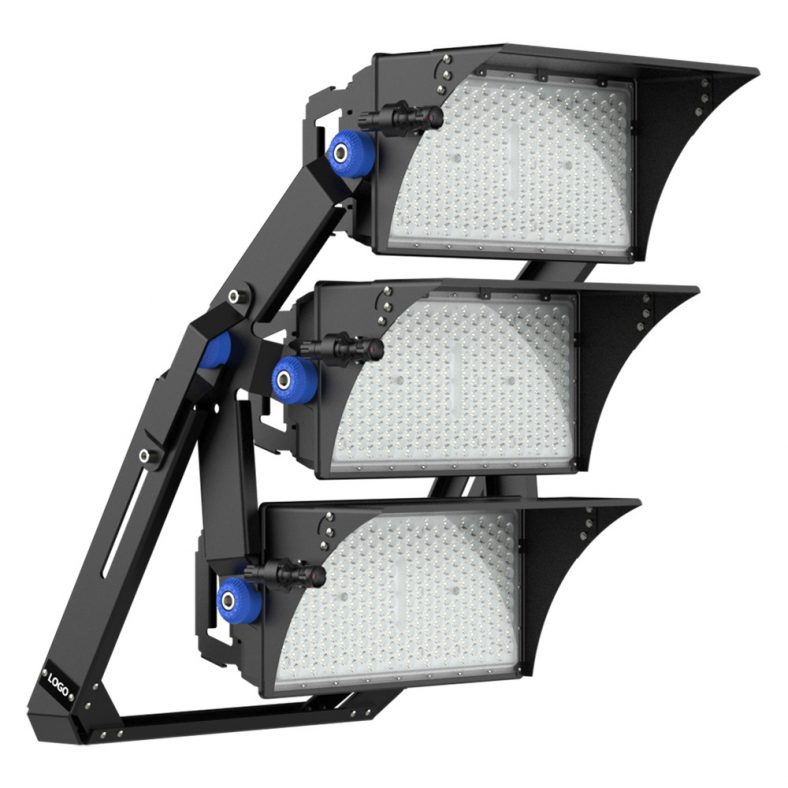
IK08 IP66 500W 1000W 1500W 2000W Modular Led Flood Light
-
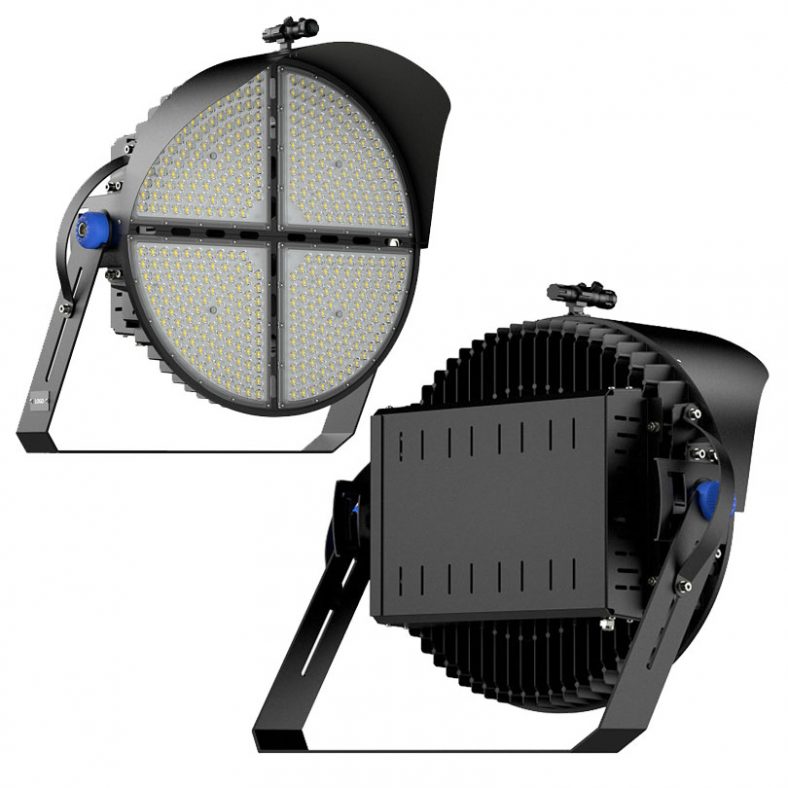
800W 1000W 1200W Round LED stadium lighting fixtures
-
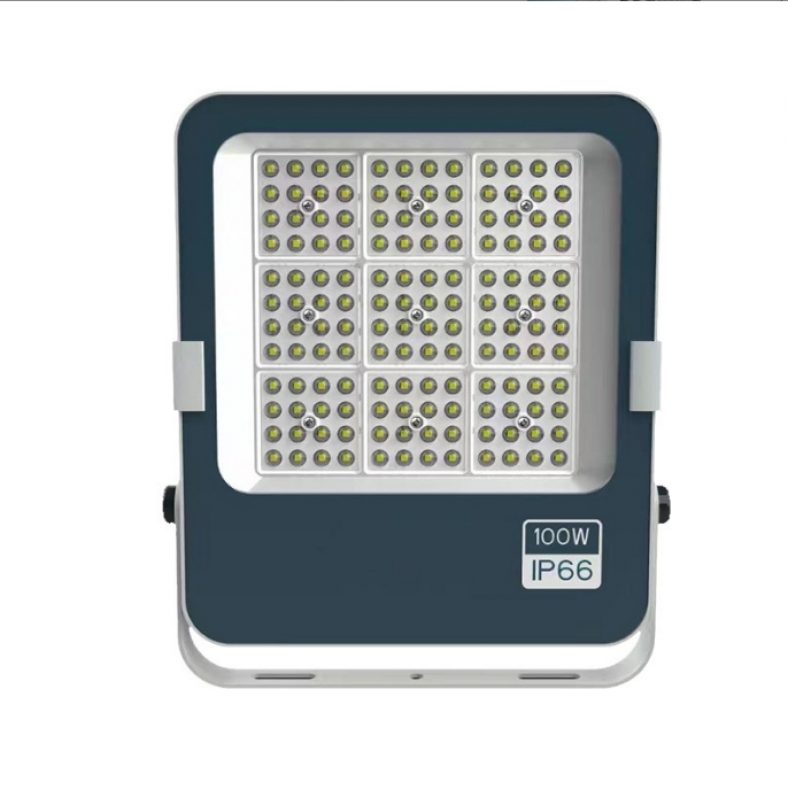
Stock 400w led flood light 6500k outdoor lighting spotlight
-
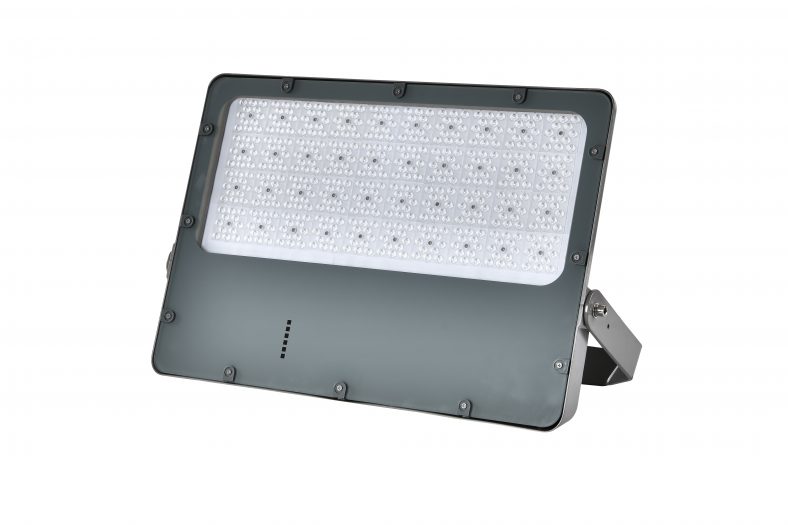
100W150W200W360W High power square project LED Spotlight stock
Special Light Kits/Parts
Wandan Lighting specialist offers a wide variety of Special Light to meet your every need.
Special Light Buy guide
Wandan Lighting specialist offers a wide variety of Special Light to meet your every need.
There are several advantages of special lighting:
- Enhancing ambiance: Special lighting can transform the atmosphere of a space, creating a specific mood or ambiance. For example, dimmed lights in a restaurant can create a romantic atmosphere, while bright lights in a retail store can highlight products and create an energetic environment.
- Highlighting features: Special lighting can be used to accentuate certain features or objects in a space. For example, a spotlight can highlight a painting or sculpture in an art gallery, or uplighting can enhance the architectural features of a building.
- Improving safety: Special lighting can be used to improve safety in different environments, such as in parking lots or on roads. For example, LED lighting can improve visibility and reduce glare, making it easier for drivers to see and navigate.
- Saving energy: Special lighting technology such as LED lighting is more energy-efficient than traditional lighting, which can result in cost savings and reduced environmental impact.
- Customization: Special lighting can be customized to suit specific needs and preferences. For example, the color temperature of LED lighting can be adjusted to create a warmer or cooler tone, or the light level can be dimmed or brightened as needed.
Overall, special lighting can improve the function, safety, and aesthetic appeal of any space, and can be tailored to meet a wide range of needs and preferences.
The installation process for special lamps can vary depending on the type of lamp and the specific application. However, here are some general steps to follow when installing special lamps:
- Turn off power: Before installing any lamp, make sure to turn off the power to the fixture at the circuit breaker.
- Remove old lamp: If replacing an existing lamp, remove the old lamp from the fixture by gently twisting it counterclockwise or pulling it straight out.
- Install new lamp: Install the new special lamp by carefully inserting it into the fixture and twisting it clockwise until it is securely in place.
- Connect wiring: If the lamp requires wiring, follow the manufacturer’s instructions to connect the wiring to the fixture. Make sure to use wire nuts to securely connect the wires and wrap any exposed wires with electrical tape.
- Test the lamp: After installation, turn the power back on and test the lamp to ensure it is functioning properly. If it is not working, turn off the power and check the wiring to ensure it is properly connected.
- Adjust and aim the lamp: If the special lamp has adjustable features, such as direction or angle, adjust the lamp as needed to achieve the desired lighting effect.
- Secure the lamp: Once the lamp is installed and adjusted, use any included hardware or mounting brackets to secure the lamp in place.
Overall, it is important to follow the manufacturer’s instructions when installing special lamps to ensure proper installation and avoid any potential safety hazards. If in doubt, consult a licensed electrician or lighting professional.
There are various standards for special lamps, depending on the type of lamp and the intended use. Here are a few examples of commonly used standards for special lamps:
- IEC (International Electrotechnical Commission): IEC is a global organization that sets standards for electrical and electronic devices, including lamps. They have published various standards for lamps, including IEC 60061, which sets the specifications for lamp caps and holders.
- ANSI (American National Standards Institute): ANSI is a US-based organization that develops and publishes standards for various industries, including lighting. They have published several standards for lamps, including ANSI C78, which specifies the dimensions and electrical properties of fluorescent lamps.
- UL (Underwriters Laboratories): UL is a global safety certification organization that tests and certifies products for safety and performance. They have published standards for various types of lamps, including LED lamps, to ensure they meet safety and performance requirements.
- NEMA (National Electrical Manufacturers Association): NEMA is a US-based organization that represents manufacturers of electrical equipment, including lamps. They have published standards for various types of lamps, including NEMA 250, which specifies the construction and performance requirements for outdoor luminaires.
Overall, adhering to standards for special lamps can help ensure safety, performance, and compatibility with existing fixtures and systems. It is important to check with the manufacturer or a lighting professional to ensure the lamp meets the appropriate standards for the intended use.
The lumen output of special lamps can vary depending on the type of lamp and the intended use. Here are some examples of the lumen output of commonly used special lamps:
- LED lamps: LED lamps are highly efficient and can produce a high lumen output with relatively low wattage. A typical LED bulb for household use may have a lumen output of 800 to 1600 lumens, while commercial LED lamps can produce up to 50,000 lumens or more.
- Halogen lamps: Halogen lamps are also highly efficient and can produce a high lumen output. A typical halogen bulb for household use may have a lumen output of 400 to 800 lumens, while commercial halogen lamps can produce up to 20,000 lumens or more.
- Fluorescent lamps: Fluorescent lamps are commonly used in commercial and industrial settings and can produce a high lumen output. A typical fluorescent tube may have a lumen output of 2,800 to 6,500 lumens, depending on the size and type of the lamp.
- HID lamps: HID (High-Intensity Discharge) lamps are commonly used for outdoor lighting and can produce a very high lumen output. A typical HID lamp may have a lumen output of 5,000 to 20,000 lumens, while large stadium lights can produce up to 1 million lumens or more.
Overall, the lumen output of special lamps will depend on the specific application and lighting needs. It is important to consult a lighting professional to ensure the appropriate lumen output is selected for the intended use.


